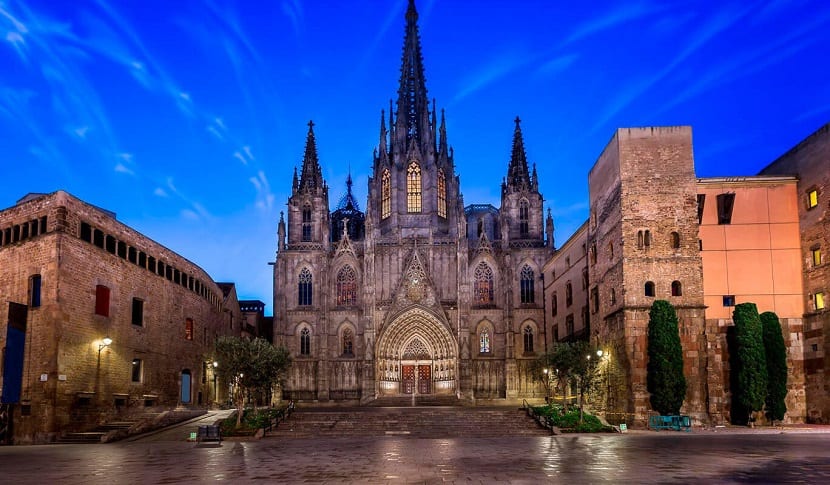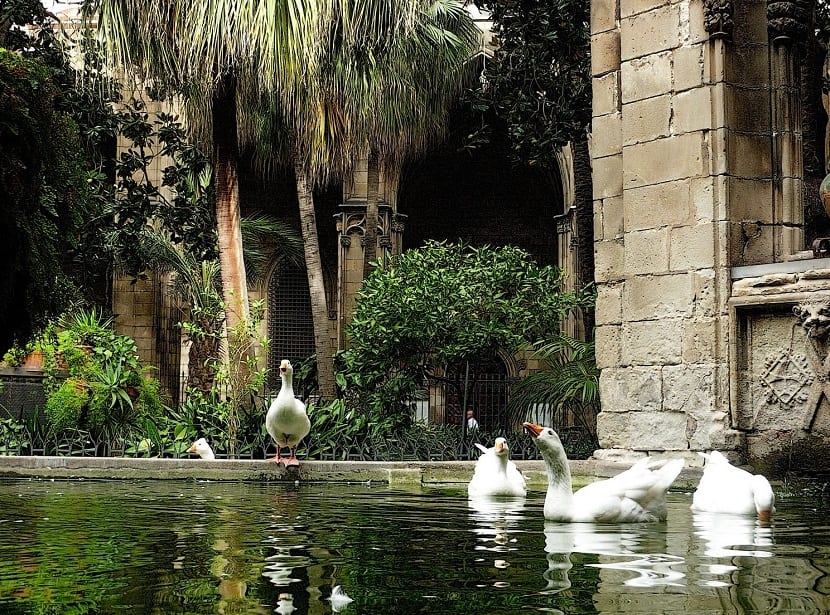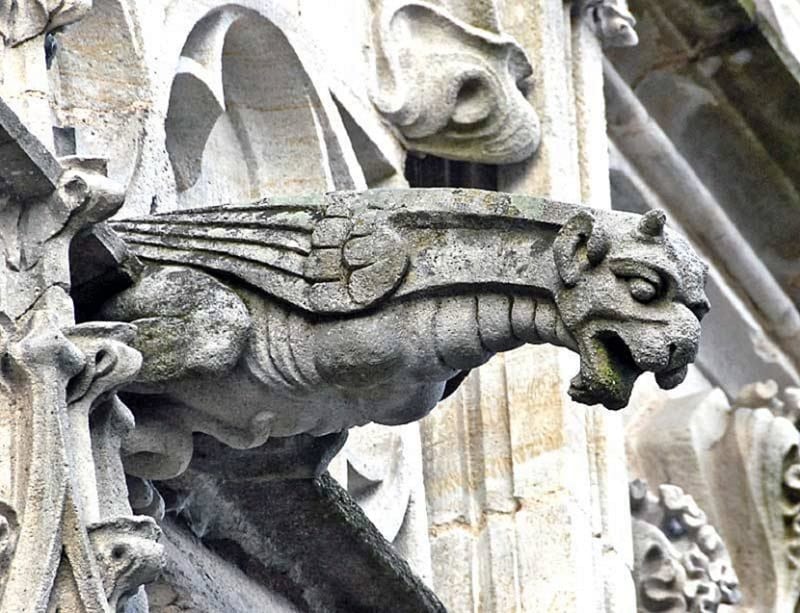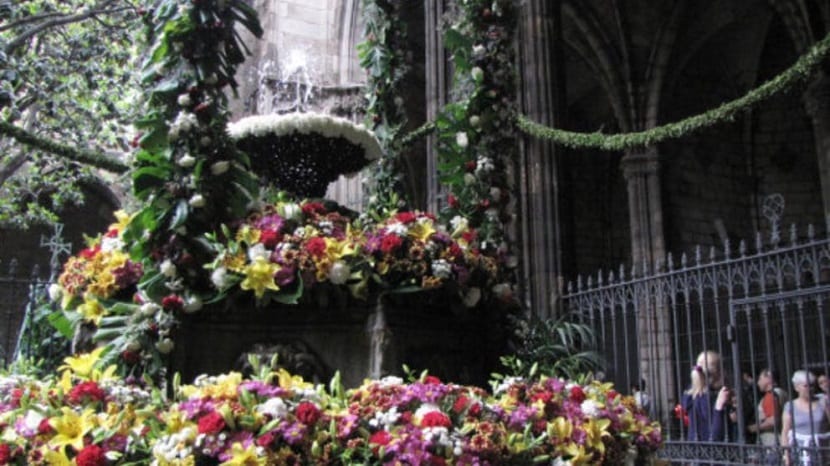
Image | La Rambla Barcelona
The Sagrada Familia in Barcelona is the most popular Catholic temple among tourists who land in Barcelona and many believe that it is the cathedral. However, it is La Seu who has that honor. An impressive XNUMXth century Gothic temple, located in the historic center, that shines with its own light.
History of the Cathedral
Also known as the Cathedral of the Holy Cross and Saint Eulalia, the Cathedral of Barcelona is an important construction of Catalan Gothic architecture. The location of the cathedral was the same as that occupied by the different Christian temples since the 1058th century AD. In the year 1298 a Romanesque-style church was consecrated in the place and in 1929 the construction of the Gothic church began, which would not be completed until the beginning XNUMXth century. In XNUMX, La Seu was declared a National Historic-Artistic Monument.
Main points of interest
Crypt of Santa Eulalia
The tomb of Santa Eulalia, virgin and Christian martyr who was assassinated in 304 AD for defending her faith. His remains rest in an exceptional gothic polychrome alabaster sarcophagus.

Image | Barcelonawiths
Cloister
Built during the XNUMXth and XNUMXth centuries, the cloister is a quiet space for meditation. In the center there is a garden with an orange tree, palm trees, magnolias and a fountain from the middle of the XNUMXth century. The children will love the visit because thirteen white geese live in the cloister pond that recall the age Saint Eulalia was when she was martyred.
We can also see in one of the corners of the central courtyard, a fountain with a statue of Saint George and the dragon, where visitors throw coins to make a wish and touch the water to attract good luck.
On the ground you can see insignia of the medieval Barcelona guilds, who collaborated in the financial support of the cathedral and earned the privilege of being buried there.
Chorus
The choir has magnificent carved wooden stalls, being one of the most valuable spaces inside the cathedral.
Chapel of Santo Cristo de Lepanto
This Christ is found in the chapel of the Blessed Sacrament, above the tomb of San Olegario. The people of Barcelona have a special devotion to him as he was present at the Battle of Lepanto in 1571, in the ship captained by Don Juan de Austria, brother of King Felipe II. Thanks to the Spanish victory, the Turks could not advance towards Europe.
Terrace
Through the Chapel of the Holy Innocents, the terraces can be accessed with an elevator. From them you have surprising views of the city and you can also appreciate the bell towers of the Barcelona Cathedral as well as the two lateral pinnacles, the dome crowned by the Holy Cross supported by the image of Santa Elena and the Cloister.

Image | Historical Science
Gargoyles
The gargoyles are another of the curiosities of the cathedral. They represent witches and evil spirits and according to legend, these evil beings laughed at the procession of the Blessed Sacrament on Corpus Christi day. As punishment, they were turned to stone. However, in the cathedral of Barcelona you can also find many gargoyles that do not represent evil, such as the elephant, the bull and the unicorn.
The practical function of the gargoyles is to serve as drains and sinks through which the rainwater was expelled, preventing it from falling down the walls and the stone from eroding.
Tradition

Image | The vanguard
In the cloister of the Cathedral every year, during the Corpus Christi festival, the tradition of the «ou com balla» is carried out, which consists of making an egg dance in the spout, decorated with fruits and flowers, and making it spin giving the feeling that you are dancing. Hence the name of this custom.
Although this tradition has spread to other temples in the city, it was first celebrated in the Barcelona Cathedral in 1636.
Price of admission
The complete tourist visit to the Cathedral of Barcelona (temple, cloister, choir, terraces, chapel, museum of the chapter house) has a price of 7 euros. The entrance to access the choir or the terraces is 3 euros.
Schedule
Monday to Friday: from 8:30 a.m. to 12:30 p.m. and from 17:45 p.m. to 19:30 p.m.
Saturdays, Sundays and holidays: from 8:30 a.m. to 12:30 p.m. and from 17:15 p.m. to 20:00 p.m.
Sundays and religious holidays: from 8:30 a.m. to 13:45 p.m. and from 17:15 p.m. to 20:00 p.m.
Location and transportation
Barcelona Cathedral is located at Pla de la Seu, 3. The closest metro stop is Jaume I, line 4.